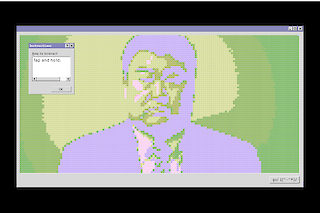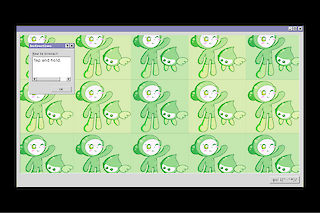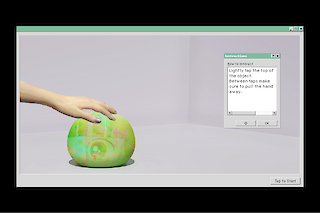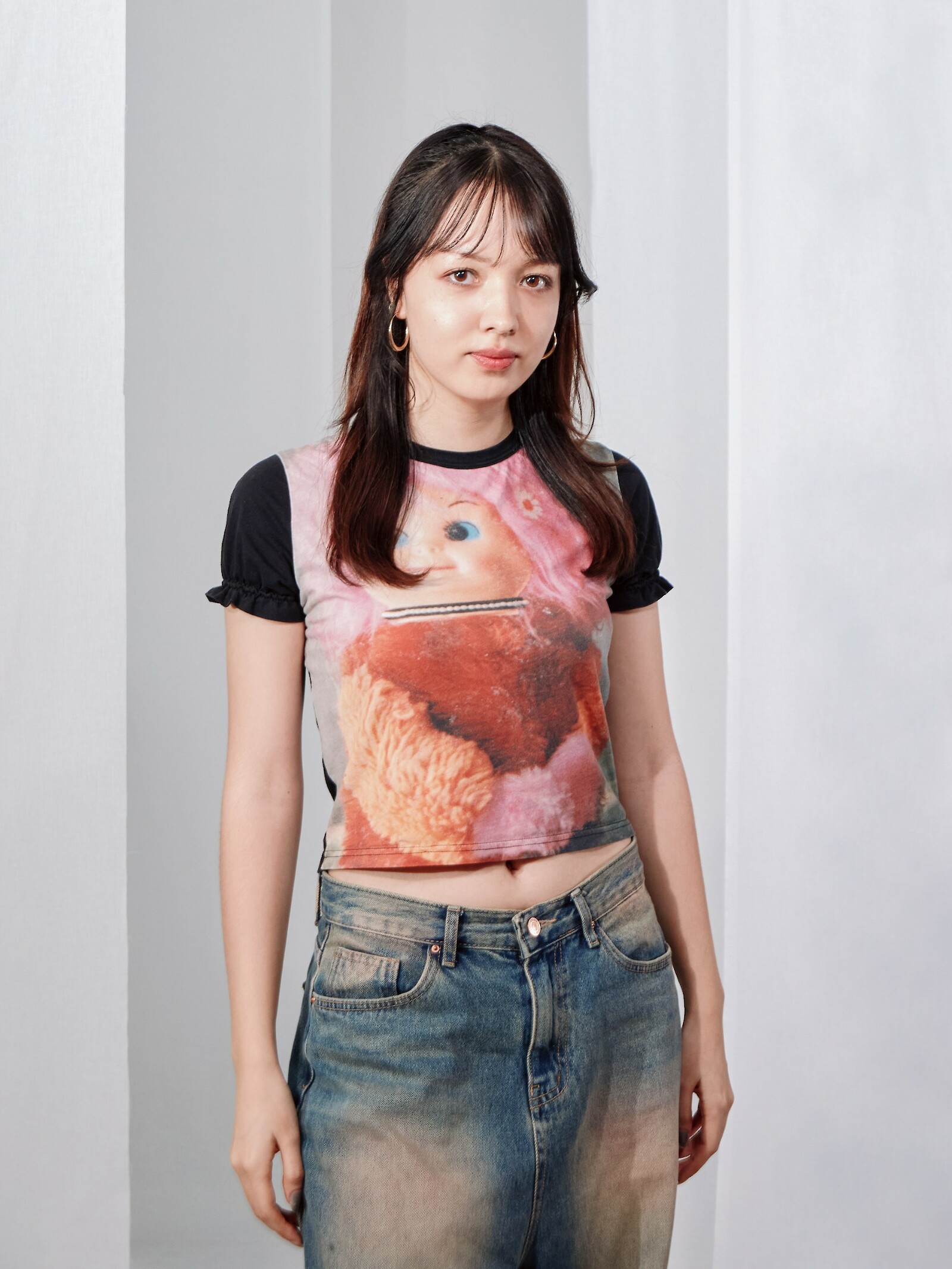Often dismissed as just a superficial aspect of aesthetics, cuteness is unserious and useless. However, there is an undeniable truth when it comes to its immense popularity. By taking countless forms, the adorable and harmless has taken over the world, but why did this happen?
This research explores this realm of cuteness through the lens of Japanese character design, as it represents a central element of cute visual products. By observing the variations in character visuals, I seek to unveil the relation between visual attributes and intended purposes. Moreover, with an analysis of design choices and narrative constructions, I aim on getting a better grasp on the strategic utilization of cuteness as a powerful tool, which can be utilized to invoke specific emotions to both conclude narratives and achieve commercial objectives. This thesis aims to contribute to a deeper understanding of the complexities surrounding cutenessits role in contemporary societies and the reasons behind its popularity.





